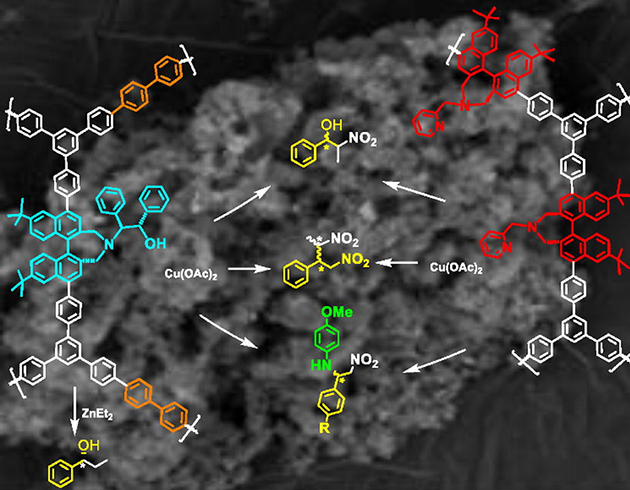Abstract
Solid waste oil shale semi-coke (SC) is considered as a potential material for the preparation of adsorbents due to its rich organic and inorganic components. However, the dense structure and the complex form of the components present make it unsatisfactory for adsorption. In this study, using Alkali corrosion under hydrothermal condition, SC was prepared as an adsorbent material PSSC with excellent adsorption performance for both anionic and cationic dyes. The related characterization analysis showed that most of the organic matter and silicates of SC reacted with inorganic matter to form silicon carbide. The specific surface area of PSSC increased significantly (from 7.47 m(2)/g to 1353.99 m(2)/g) leading to the maximum adsorption of PSSC on Methylene blue (MB) and Congo red (CR) reached at 974.66 mg/g and 562.41 mg/g, respectively, which far exceeded the adsorption of SC on both dyes. Finally, the adsorption mechanisms were revealed from the structural and energetic perspectives. The results showed that the modification process increased the type and number of adsorption sites, and that these adsorption sites exhibited different capturing abilities for the two dyes with the change of contact temperature. (C) 2022 Elsevier Inc. All rights reserved.

Keywords Plus:HIERARCHICAL POROUS CARBONOIL-SHALEMETHYLENE-BLUEPORE STRUCTUREDYEPALYGORSKITEREMOVALSINGLEACIDPRECIPITATION
Published in JOURNAL OF COLLOID AND INTERFACE SCIENCE,Volume626;10.1016/j.jcis.2022.06.100,NOV 15 2022


